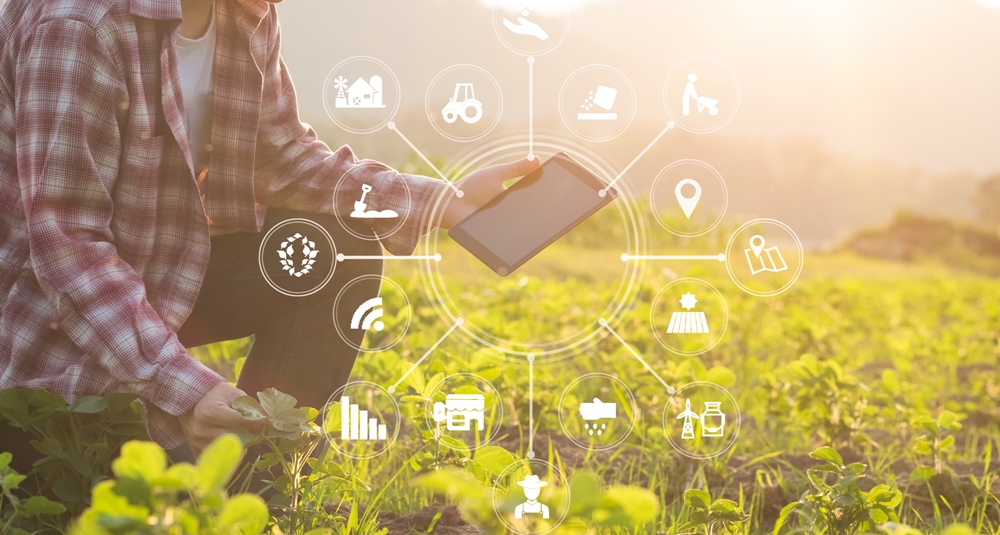
Smart Agriculture in Internet of Things Era
Efficient management of the Earth’s water resources has surged in urgency due to the confluence of several factors, including population growth, climate change, urbanization, etc. Irrigation stands out as one of the major sources of water utilization that can benefit drastically from novel approaches to water management. The nominal method for smart irrigation is to use some weather conditions to predict the need for plants for water.
We will measure the need of plants for water by means of measuring their bio-impedance alongside the weather conditions. Using self-organizing networks of sensors, actuators and controller devices.
The physical analytic methodology will combine data (as minimum data as possible to meet the multi-scale timing and accuracy constraints) from multiple low-cost sources (the sensors and actuators devices), as well as remote sensing data, with a well-established physical model abstracted as circuit-inspired, Resistive-Capacitive (RC) models typically used in abstracting today’s complex semiconductor chips.
Objective/Contributions:
Short Term Goals:
- Develop an effective irrigation system based on a bio-impedance sensing system.
- Developing weather stations for sensing environmental conditions.
- Extraction of the parameters that help in the smart irrigation management system.
- Disseminate our findings to the environmental monitoring research community for learning the know-how gained by the project supervisors.
Long Term Goals:
- Leveraging the experience acquired in this project to provide the blueprint of a prototype of a smart agriculture system.
- Migrate the developed methods and devices into off-the-shelf standardized monitoring technology for a smart irrigation system that the average user can buy, install, and monitor without the aid of engineers.
Outcome:
At a high level, our proposed research will result in the following:
- Circuit-inspired models and simulator of the irrigation eco-system
Models of natural phenomena such as evaporation, cloud cover, temperature, humidity, bio-impedance, etc. as it pertains to irrigation. Models of man-made units that will be used for irrigation purposes, such as pumps, sprinklers, etc.
- Sensing and sensor networks for irrigation
We will use sensors and actuator devices and develop bio-impedance measurement devices as noted in the proposal that can not only sense the ambient conditions but also directly sense the state of the plants. The goal is to combine field sensing with remote sensing to create actionable information based on accurate models.
- Cloud-based simulation and control framework
These models will then be used in the proposed circuit-inspired simulation framework to provide predictions (and control strategies) of how certain irrigation policies will affect overall irrigation efficiency.
